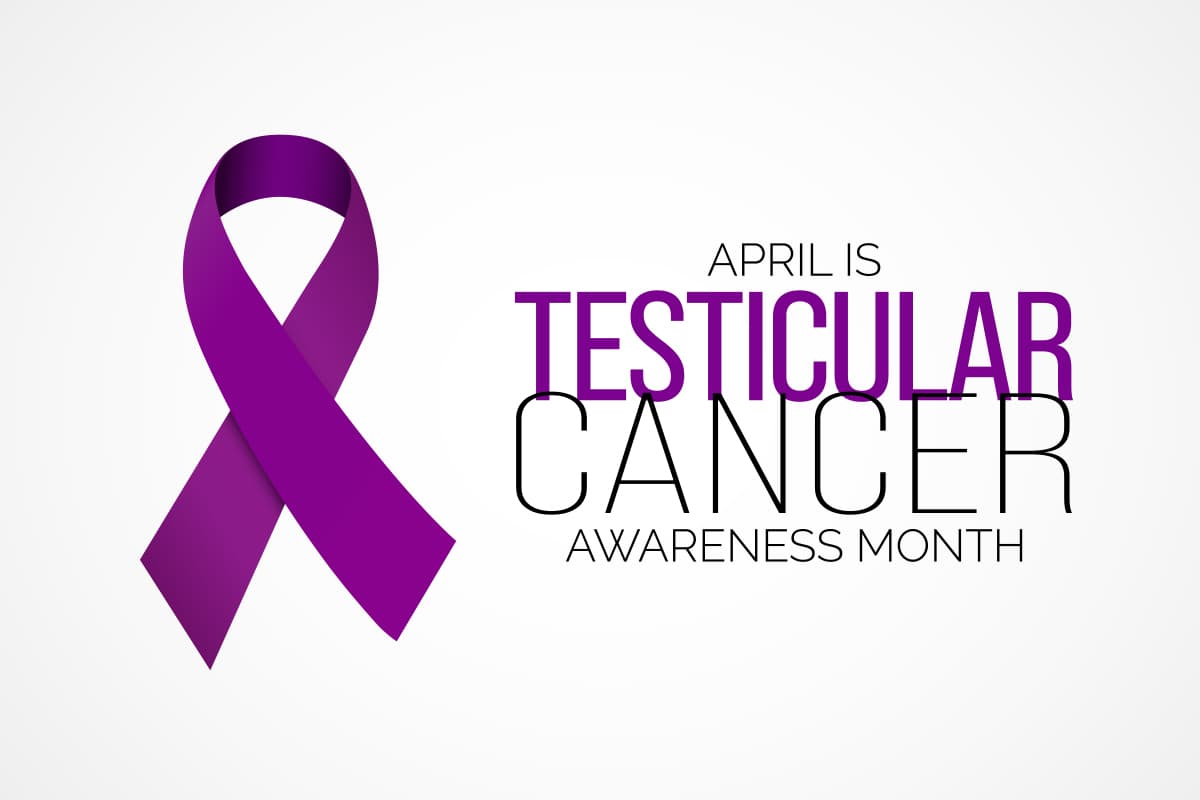Dealing with Testicular Cancer, Understanding the Disease and Available Treatment Options

Introduction
Testicular cancer is a disease in which cancerous cells form in the tissues of one or both testicles. It is a relatively rare form of cancer, but it is the most common cancer in men between the ages of 15 and 35.
Early detection and treatment are critical for the successful management of testicular cancer, and it is important for individuals to understand the disease and the available treatment options. This article will explore the causes, symptoms, diagnosis, and treatment options for testicular cancer.
Causes and Risk Factors
The exact cause of testicular cancer is unknown, but certain factors can increase an individual’s risk of developing the disease. These include:
- Age: Testicular cancer is most common in men between the ages of 15 and 35.
- Family history: Men with a family history of testicular cancer have a higher risk of developing the disease.
- Undescended testicles: Men who had undescended testicles as infants have an increased risk of testicular cancer.
- Race: Testicular cancer is more common in white men than in men of other races.
Symptoms
Symptoms of testicular cancer can vary and may not be present in the early stages of the disease. Common symptoms include:
- A lump or swelling in the testicles
- A feeling of heaviness in the scrotum
- A dull ache or sharp pain in the testicles or scrotum
- A sense of fullness in the scrotum
- A change in the size or shape of the testicles
Diagnosis
Diagnosis of testicular cancer typically begins with a physical exam, followed by an ultrasound. If an abnormal area is found, a biopsy may be performed to confirm the presence of cancer. Other diagnostic tests, such as a computed tomography (CT) scan or a magnetic resonance imaging (MRI), may also be performed to determine the stage of cancer.
Treatment Options
Treatment for testicular cancer will vary depending on the stage of cancer and the individual’s overall health. Treatment options include:
- Surgery: Surgery, such as a radical inguinal orchiectomy, may be performed to remove the cancerous testicle.
- Radiation therapy: Radiation therapy uses high-energy rays to kill cancer cells and shrink tumors.
- Chemotherapy: Chemotherapy uses drugs to kill cancer cells and shrink tumors.
- Retroperitoneal lymph node dissection (RPLND): RPLND is a surgery to remove lymph nodes in the back of the abdomen that may contain cancer cells.
Prevention and Coping
There is no sure way to prevent testicular cancer, but there are steps that individuals can take to reduce their risk. These include:
- Being aware of any changes in the testicles
- Undergoing regular self-exams
- Seeking medical attention if any changes or symptoms are present
Dealing with a testicular cancer diagnosis can be overwhelming and stressful. It’s important for individuals to seek support from loved ones, a therapist, or a support group. Coping mechanisms such as exercise, meditation, and journaling can also be helpful.
Conclusion
Testicular cancer is a serious disease that affects men of all ages. Early detection and treatment are critical for the successful management of the disease. Understanding the causes, symptoms, diagnosis, and treatment options for testicular cancer is important for individuals to take the necessary steps to reduce their risk and seek appropriate medical attention if necessary.